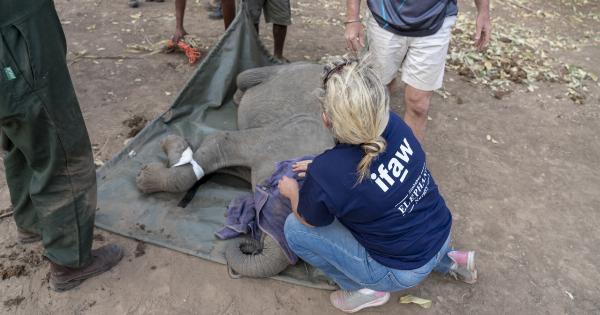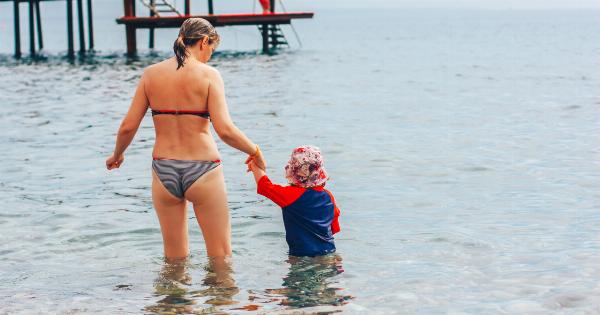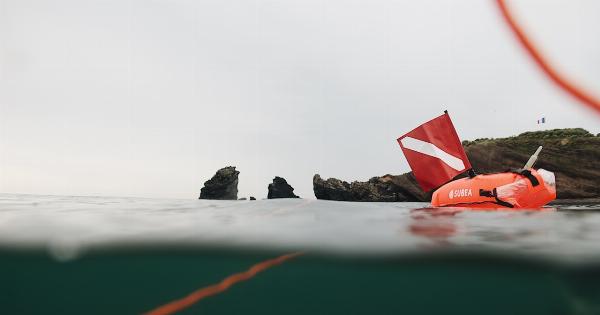Swimming is a wonderful recreational activity that provides countless hours of fun and relaxation for families. However, it’s essential to prioritize safety in and around the water to prevent accidents and protect your loved ones.
Whether you’re at a pool, beach, or even in your own backyard, follow these swimming safety tips to ensure a safe and enjoyable experience for everyone.
1. Learn to Swim
One of the most crucial steps in swimming safety is ensuring that both children and adults know how to swim proficiently.
Enrolling yourself and your family members in swimming lessons can equip them with important water survival skills, helping reduce the risk of drowning. Look for certified swimming instructors or local swim schools that offer comprehensive swimming programs for all ages and skill levels.
2. Never Swim Alone
Always swim with a buddy, even if you consider yourself an experienced swimmer. Having a swimming partner can provide an extra layer of safety and ensure that someone is there to assist or call for help in case of an emergency.
Avoid swimming in isolated areas or locations without lifeguards present, as it can increase the risk of accidents going unnoticed.
3. Supervise Children Closely
Children should always be closely supervised while in or near the water, regardless of their swimming abilities. Designate a responsible adult to actively watch children during swimming activities and never leave them unattended, even for a moment.
Remember that younger children can drown in as little as an inch or two of water, so keep a constant eye on them.
4. Establish Pool Rules
If you have a pool at home, it’s crucial to establish and enforce a set of pool rules to ensure everyone’s safety. These rules can include no diving in shallow areas, no running near the pool, and no swimming without adult supervision.
By setting clear guidelines, you can minimize the chances of accidents and injuries occurring.
5. Install Pool Barriers
Installing proper pool barriers, such as fences with self-closing gates, can greatly reduce the risk of accidental drowning, especially for young children.
Secure fencing around your pool area prevents unsupervised children from accessing the pool and acts as an additional layer of protection, especially when there are no adults around.
6. Be Mindful of Water Depth
Before swimming or diving, always check the water depth to ensure it is appropriate for the activity you intend to do. Diving into shallow water can lead to severe head and neck injuries, including paralysis.
Teach children to enter the water feet-first unless specifically trained for diving in designated areas. Make sure to follow safety guidelines and signs posted at public swimming areas.
7. Use Life Jackets and Floatation Devices
For inexperienced swimmers or individuals who may not be confident in their swimming abilities, it’s crucial to use appropriate floatation devices or life jackets. Ensure that life jackets fit properly and are in good condition.
Remember that floatation devices are not a substitute for supervision, and children should still be closely monitored even when wearing them.
8. Avoid Alcohol and Drugs
It is vital to avoid the consumption of alcohol or drugs when participating in swimming activities. Alcohol impairs judgment, coordination, and reaction time, making it much more challenging to respond appropriately in an emergency situation.
Stay sober and ensure that adults responsible for supervising children are also not under the influence.
9. Learn CPR and First Aid
Being trained in cardiopulmonary resuscitation (CPR) and basic first aid can be lifesaving in the event of an accident or drowning.
Learning these skills equips you with the knowledge and confidence to respond quickly and appropriately, potentially preventing further injury or death. Many organizations offer CPR and first aid courses taught by certified instructors. Take the time to learn these skills, as they may prove invaluable.
10. Be Aware of Weather Conditions
Prior to heading out for a swim, check the weather forecast to ensure safe swimming conditions. Swimming during a storm or in rough waters significantly increases the risk of accidents and drowning.
Lightning poses a severe danger, so it’s important to immediately exit the water and seek shelter if you hear thunder or see lightning.
By following these swimming safety tips, you can significantly reduce the risk of accidents and create a safe environment for your family to enjoy swimming activities.
Remember to always prioritize safety and remain vigilant, ensuring that everyone is aware of and follows the necessary precautions. Swimming should be a joyful and refreshing experience for all, and with the right safety measures in place, you can enjoy your time in the water with peace of mind.






























